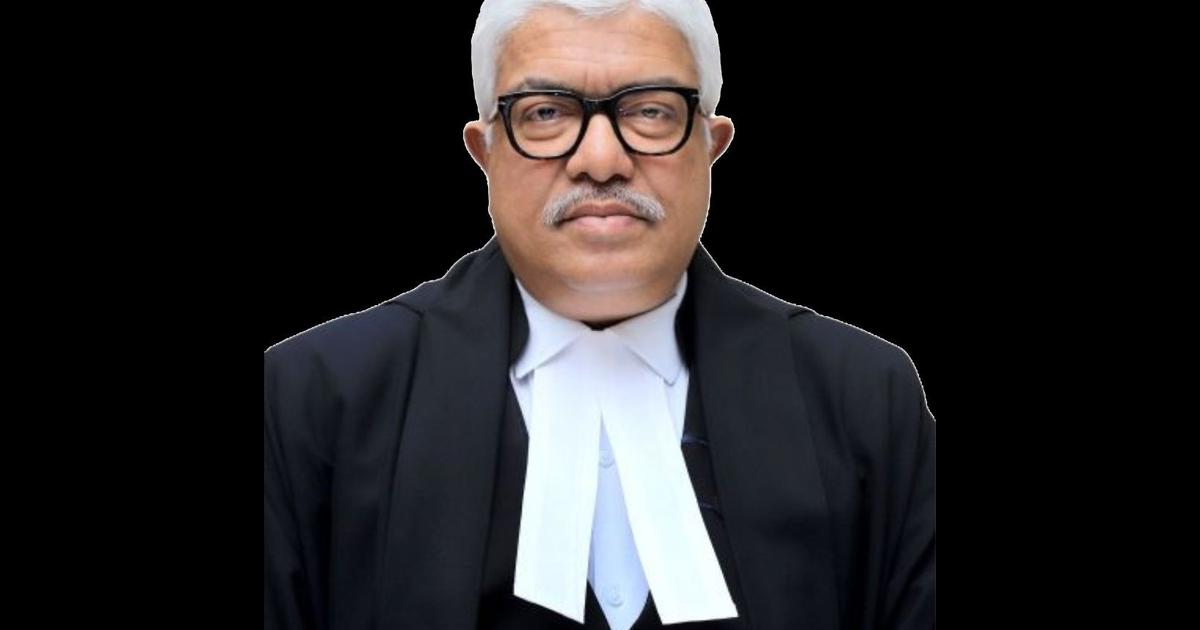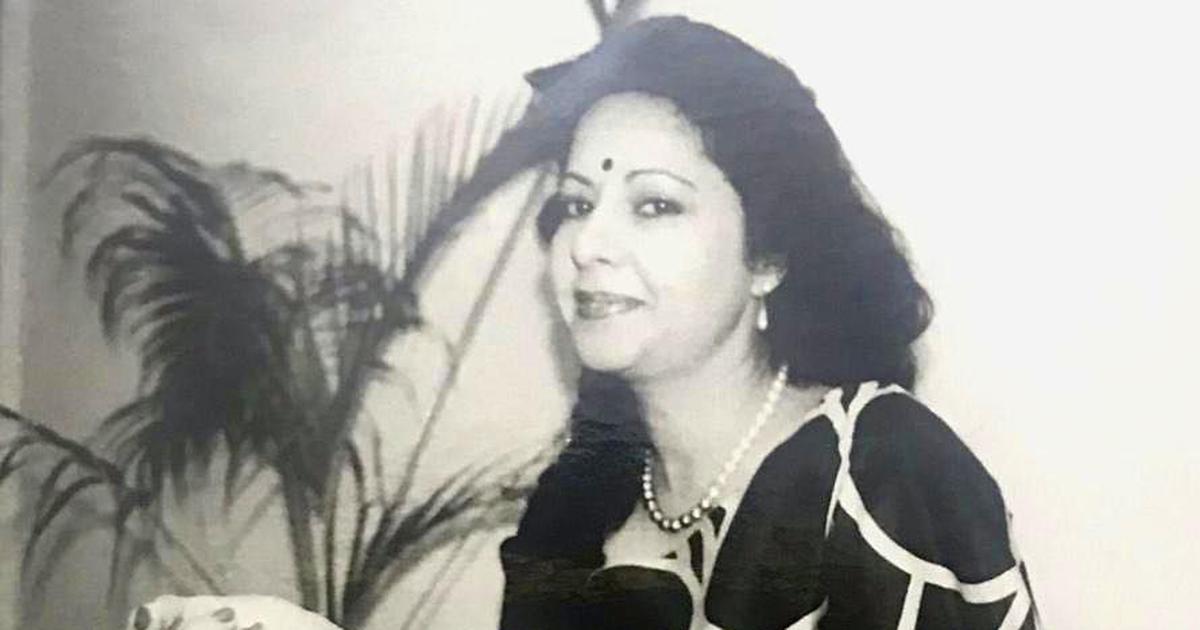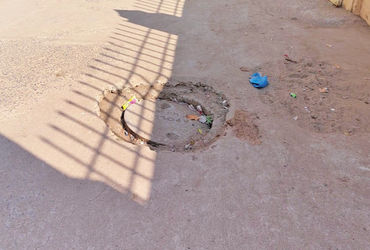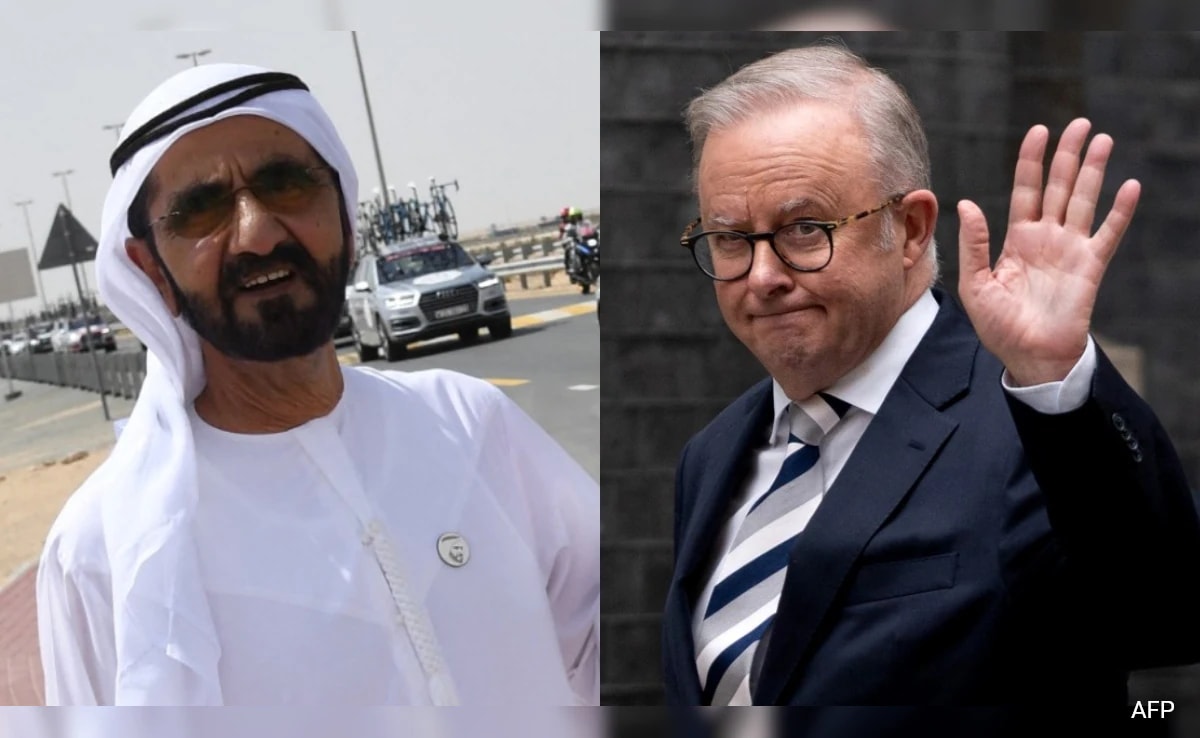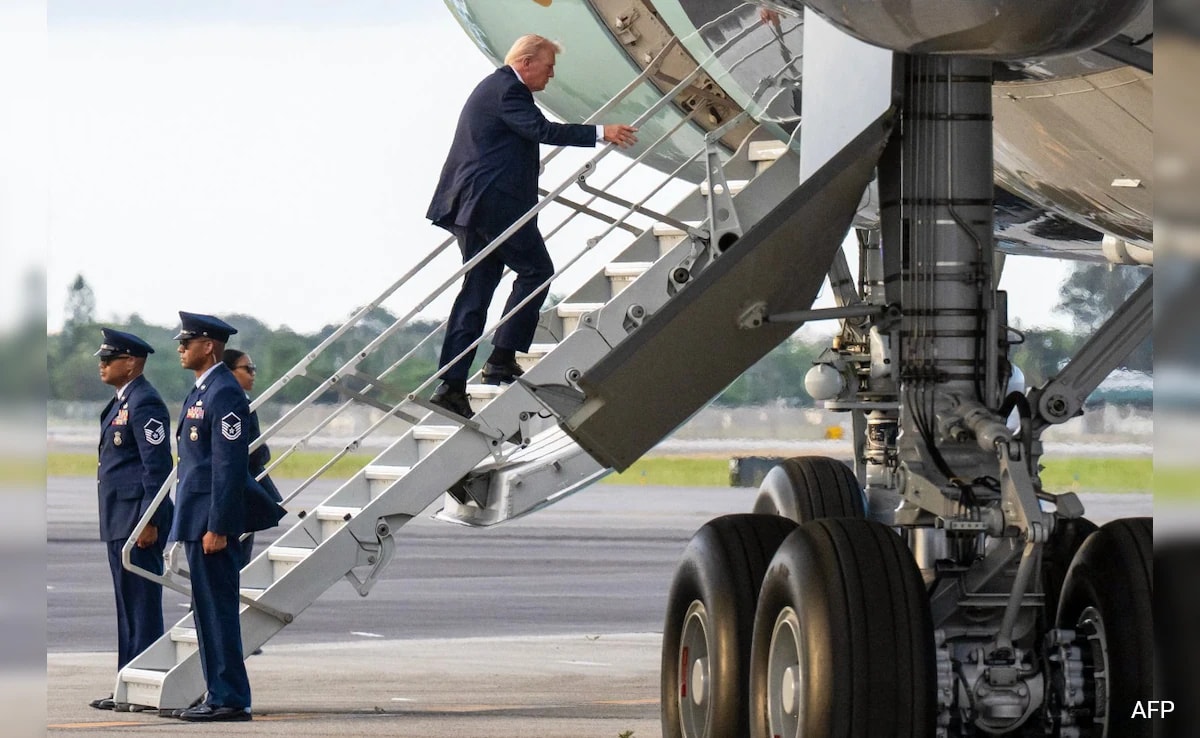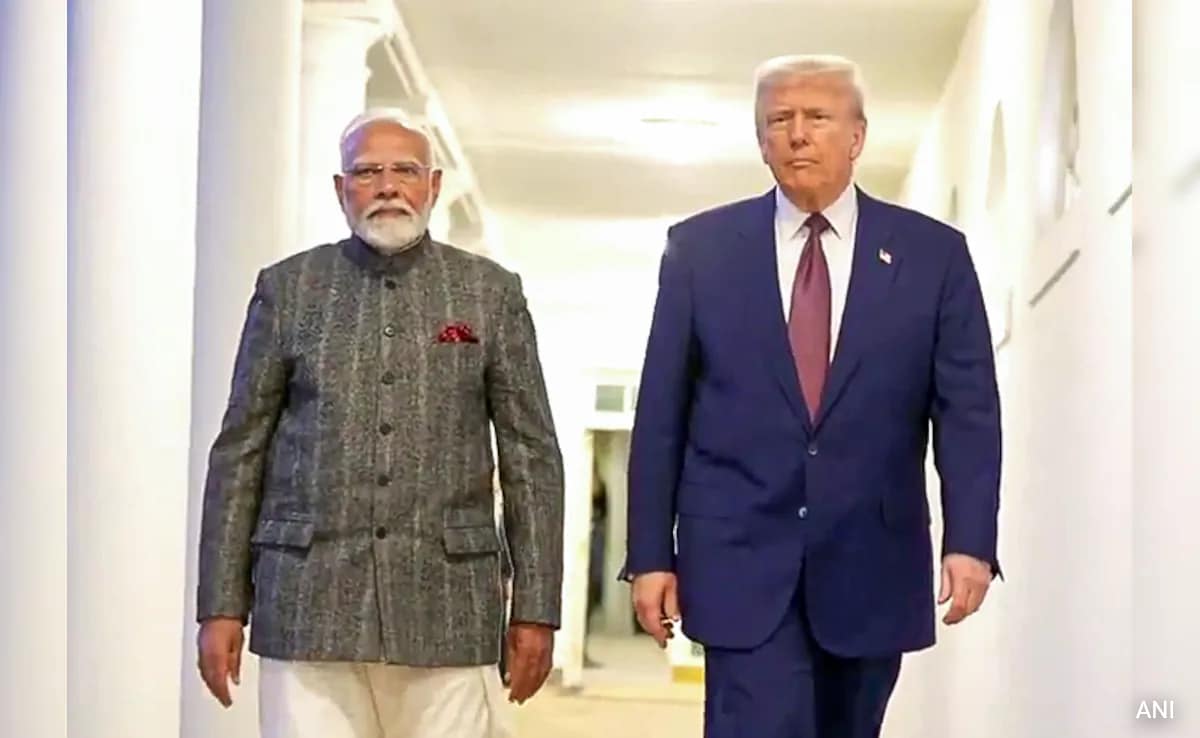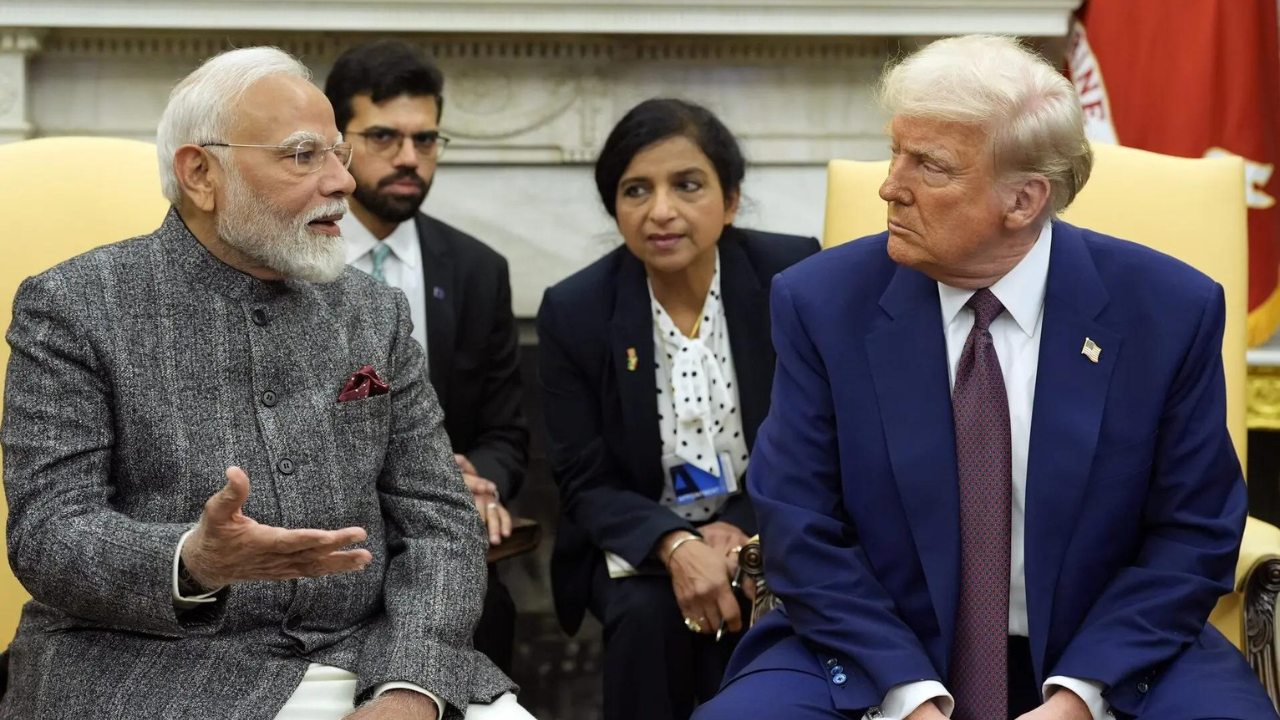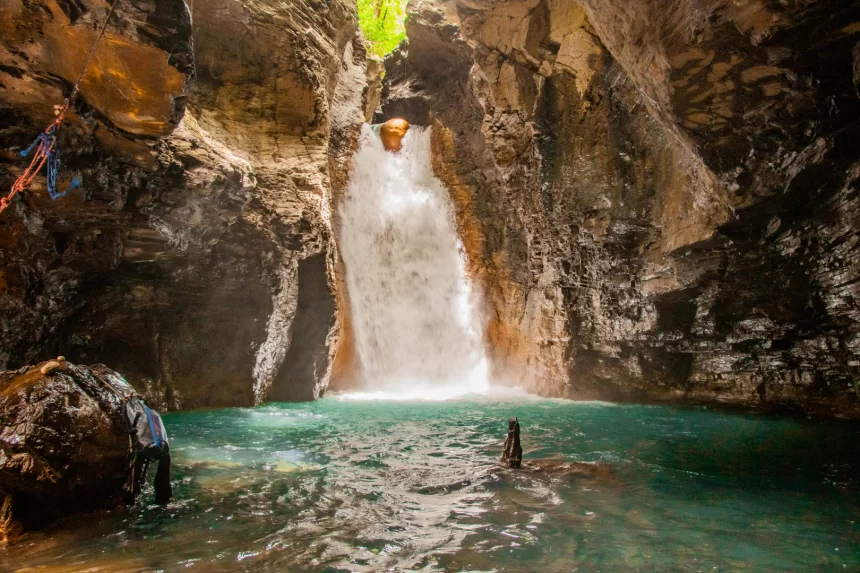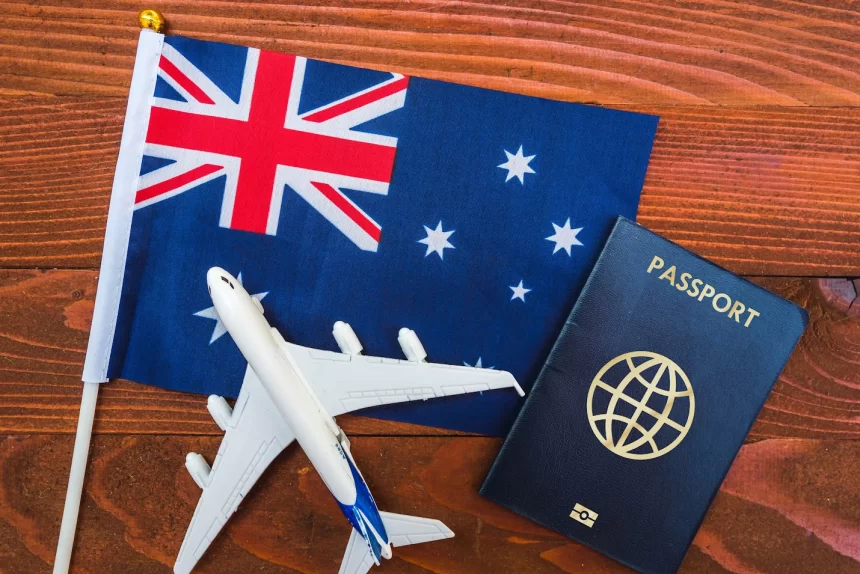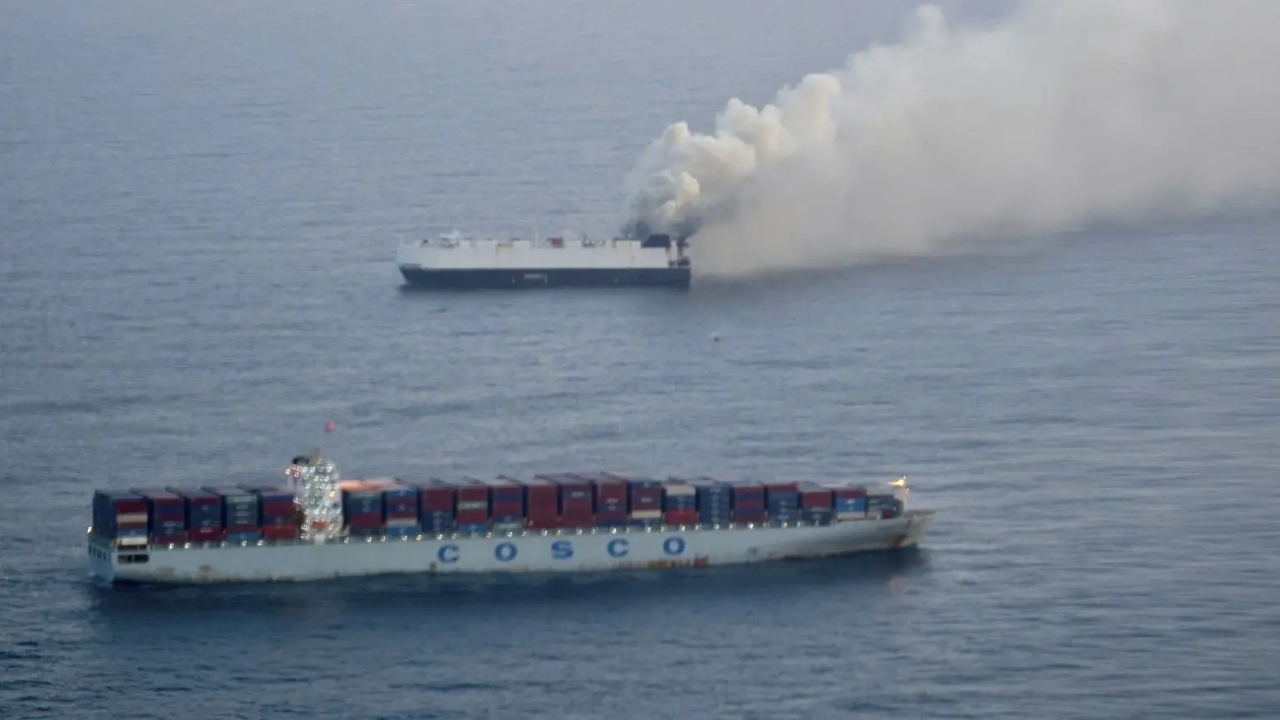The promise and betrayal of revolutions: Lessons from the collapse of two mountain republics
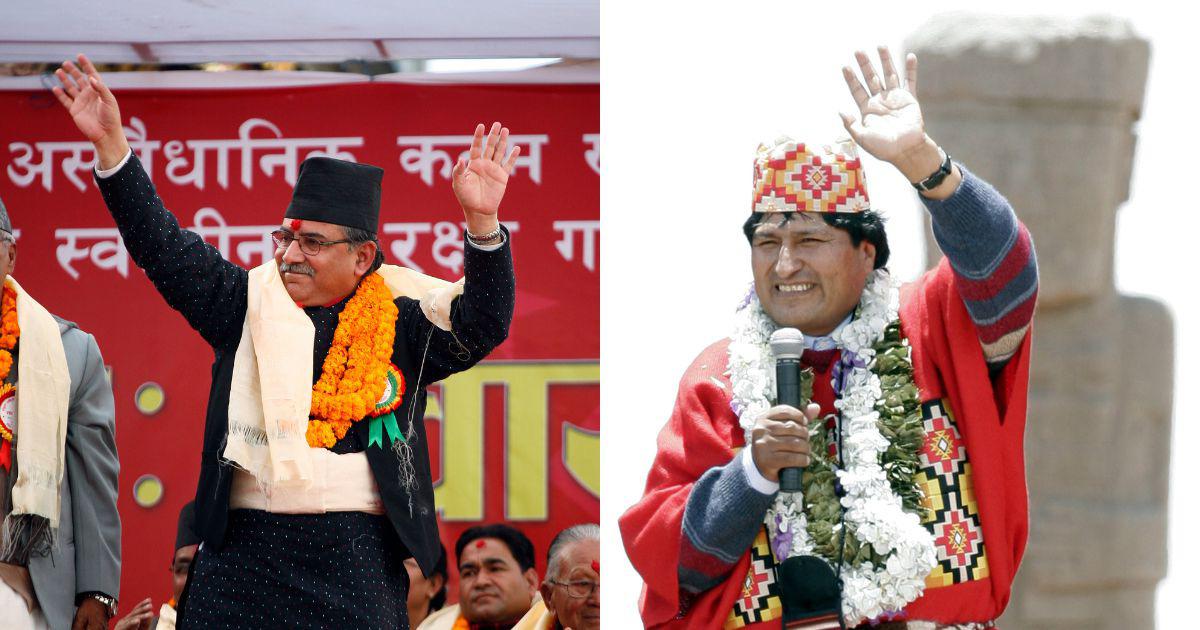
Join our WhatsApp Community to receive travel deals, free stays, and special offers!
- Join Now -
Join our WhatsApp Community to receive travel deals, free stays, and special offers!
- Join Now -

Bolivia and Nepal stand out as improbable sites of radical transformation. Landlocked and mountainous, on opposite ends of the planet yet linked by parallels of geography and history, they are the great republics of the Andes and the Himalayas. In both countries, large indigenous majorities had for centuries been ruled over by minority elites: the Creole, landowning oligarchies that monopolised Bolivian wealth after independence, and the high-caste Hindu aristocracy that had entrenched monarchy and Hindu nationalism in Nepal.
In the first decade of the 21st century, both countries experienced revolutions that overturned these ancien régimes. In 2006, Evo Morales, the son of llama herders and a leader of the coca growers’ union, became Bolivia’s first indigenous president.
Two years later, in 2008, Nepal abolished its monarchy and declared itself a republic after a 10-year Maoist insurgency and the great urban uprisings of 2006. Each process produced a new constitution – Bolivia’s in 2009 and Nepal’s in 2015 – promising inclusion, redistribution and a radically new politics rooted in the voice of the long-persecuted majority.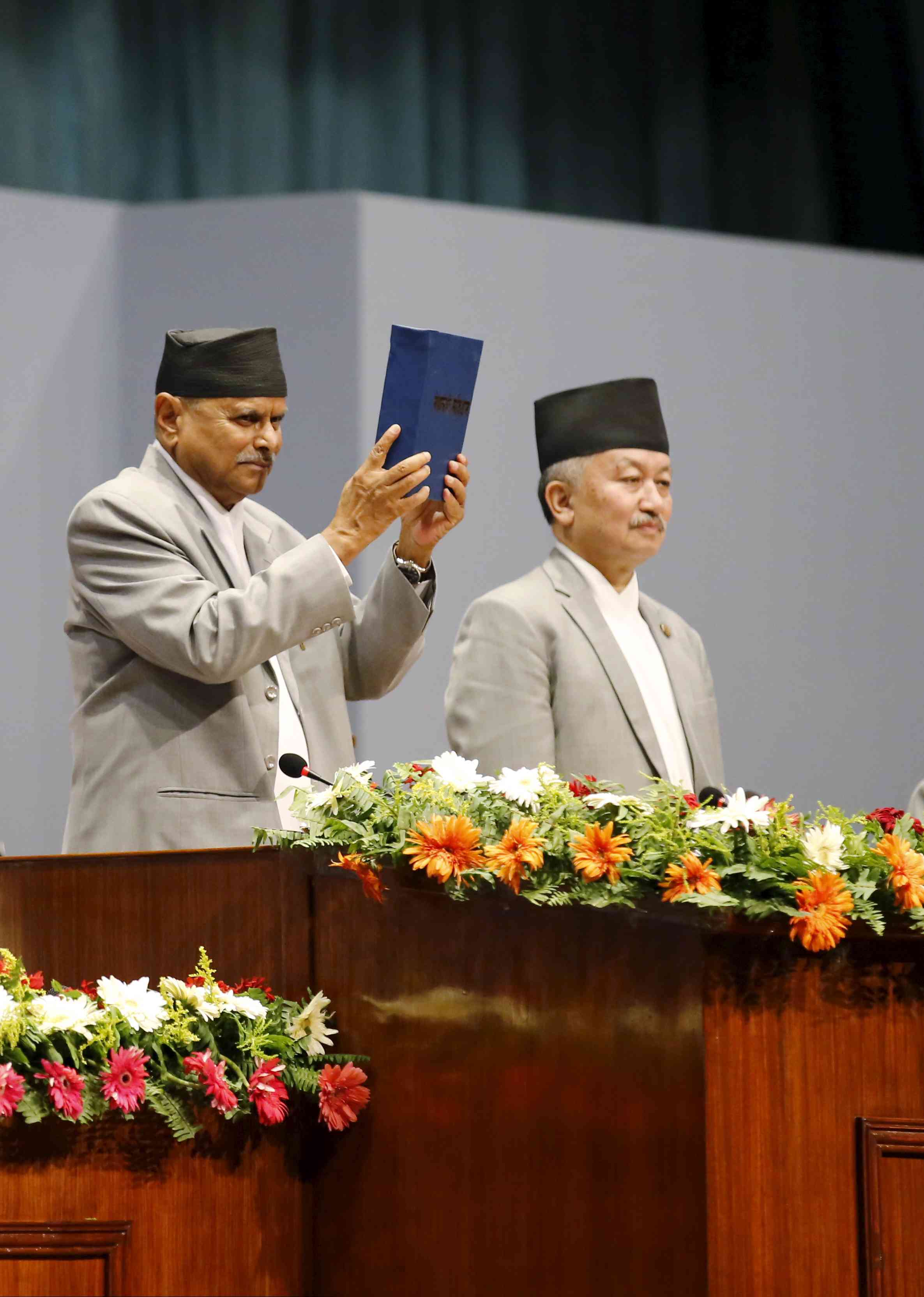
For a time, both appeared to have inaugurated enduring new orders. Yet almost in unison, both collapsed in 2025. Morales’s Movement Toward Socialism, once the most successful leftist party in the Americas, broke...
Read more
What's Your Reaction?
 Like
0
Like
0
 Dislike
0
Dislike
0
 Love
0
Love
0
 Funny
0
Funny
0
 Angry
0
Angry
0
 Sad
0
Sad
0
 Wow
0
Wow
0

